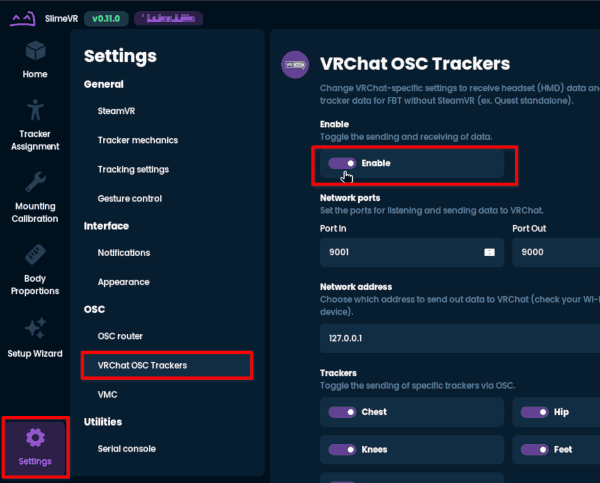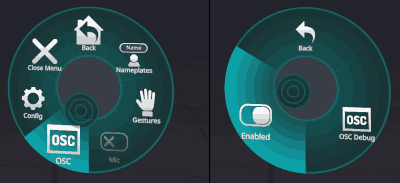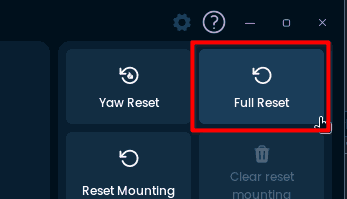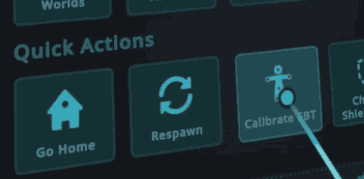5.4 KiB
| title | weight |
|---|---|
| SlimeVR | 250 |
SlimeVR
SlimeVR is a set of open hardware sensors and open source software that facilitates full-body tracking (FBT) in virtual reality.
SlimeVR is an open source IMU based full body tracking system. Being open source it has Linux support and there are a few variants you can either buy or build yourself.
You can pre-order the official SlimeVR trackers from their crowdsupply page, but at the time of writing this if you order them right now you'd need to wait approximately 4 months for your orders to ship, due to the very high demand driven by low cost and good quality tracking compared to other solutions.
Assembling
Alternatively you can build it on your own, and you have a few variants to choose from:
- Official SlimeVR DIY builders guide
- Frozen Slimes V2
- while a bit bigger, Frozen Slimes V2 tend to be cheaper and a lot easier to build, being approachable even for people that are inexperienced with soldering
It's generally highly recommended to opt for the more expensive but higher quality BNO085 IMU module. This should offer the highest quality tracking with best precision and minimal drifting.
Installing SlimeVR Server
Selecting your variant
There are currently three ways to use SlimeVR:
- Via SteamVR driver
- Via SolarXR driver for Monado (experimental)
- Directly via VRChat OSC (Open Sound Control)
First method: SteamVR driver
Download the SlimeVR driver for SteamVR, extract it and place the slimevr folder in the $HOME/.steam/steam/steamapps/common/SteamVR/drivers/ folder. This path may change depending on where your SteamVR install is located. To make sure you moved the right folder, make sure that the following path exists: $HOME/.steam/steam/steamapps/common/SteamVR/drivers/slimevr/bin/linux64/driver_slimevr.so.
Then you'll need to register the driver using the following command.
Important: make sure to NOT run this command twice, adding a driver twice will cause problems.
$HOME/.steam/steam/steamapps/common/SteamVR/bin/linux64/vrpathreg.sh adddriver $HOME/.steam/steam/steamapps/common/SteamVR/drivers/slimevr
Now the only thing you have to do is restart the SlimeVR server.
Second method: SolarXR driver for Monado (experimental)
This is a native approach to using Slime trackers within the open-source stack without relying on SteamVR, offering results comparable to those provided by the native SteamVR driver.
To use this method, you need to compile SlimeVR yourself from this fork:
https://github.com/rcelyte/SlimeVR-Server.git, branch solarxr-ipc. Build instructions can be found here.
For Monado, you need compile this fork:
https://gitlab.freedesktop.org/rcelyte/monado.git, branch solarxr-integration. You can easily build Monado from this specific branch via Envision, by modifying "XR Service Repo" and "XR Service Branch" in your build profile accordingly.
Important: Make sure to launch SlimeVR first before launching Monado/Envision.
Important note #1: Do not stop the SlimeVR server during operation, as driver and tracker hot-plugging are not yet supported.
Important note #2: SlimeVR will not detect your HMD until you launch a game that supports trackers. For now, body calibration options will be available in-game.
After launching the game, you should see your trackers being detected. At this point, you can calibrate and use them.
Third method: VRChat OSC
This method is only available in VRChat.
It requires fewer steps to configure and allows the use of the full FOSS stack without using SteamVR. For now, it is less accurate due to OSC limitations. More information here.
- Step 1: Tick the checkbox in SlimeVR settings -> VRChat OSC Trackers -> Enable
-
Step 2: Start VRChat
-
Step 3: Go to the radial menu, and enable OSC:
-
Step 4: Calibrate your trackers via built-in SlimeVR configuration wizard (Mounting and body proportions)
- Step 5: Press the "Full Reset" button while standing straight
- Step 6: Go to VRChat settings and press "Calibrate FBT" in "Quick actions".
- Step 7: T-pose yourself and submit your calibration via pressing triggers on both sides.
Done! From now on, you should be able to freely move your tracked limbs.



